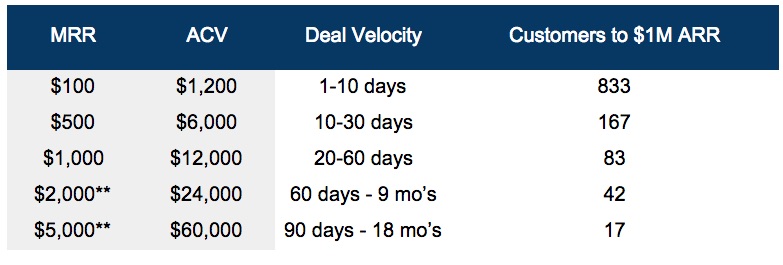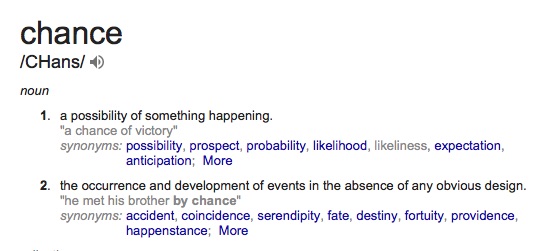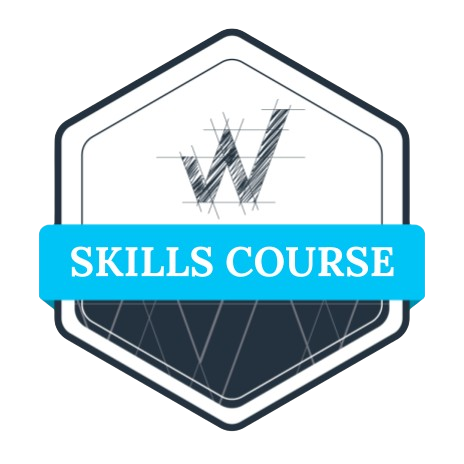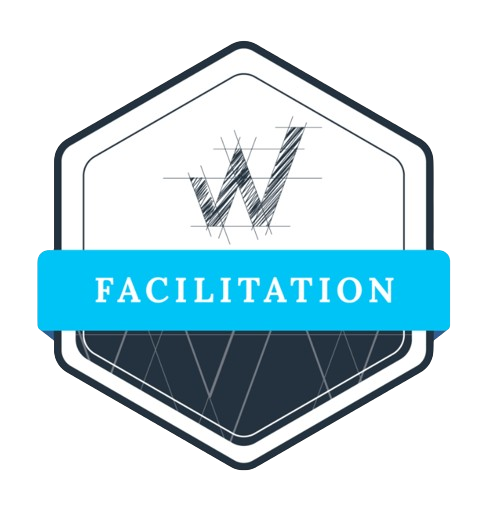
With the latest advances in marketing and sales, can achieving $1M ARR still be considered a milestone indicative of startup readiness?
Over the past years many emerging startups focused on attaining $1M (or $1.5M) in Annual Recurring Revenue (ARR) at any and all cost. Achieving this milestone was the primary goal of a start-up.
In his excellent blog post from 2012 David Cummings, then CEO of Pardot explains how it took them about 2? years to attain $1M ARR based on a $150-$500 in Monthly Recurring Revenue (MRR). This was a lot quicker than most startups at that time, who averaged 4 years. David also points out it took about 2 more years to scale that revenue by 10x to $10M ARR.
Today, attaining $1M ARR is still considered by many as one of, if not the leading indicator a company has figured out how to win and retain customers, and that it is ready to scale. This scaling, in most cases mean, a sizable investment to multiply marketing and sales efforts.
But much has changed since 2012. Today, we see a generation of buyers very comfortable with buying SaaS services in excess of $1,000/month online. These buyers can be captured with marketing automation and sales acceleration tools previously only available to F500 companies. This is enabling startups to achieve $1M ARR quicker than ever before. This begs the question, is $1M in ARR still a valid indicator to scale marketing and sales?
Why Achieving $1M in ARR Mattered
Over the years, it has been reasoned that to achieve $1M in ARR it would take about a (few) hundred customers or so. This took best-in-class companies around two to four years.
Table 1: Number of customers needed to achieve $1M in ARR

**The bigger ACV deals, often platform like solutions, experience sales cycles as much as 9 to 18 month. The longer sales cycles resulted in about 2–4 years to attain $1M ARR.
To achieve this milestone meant a SaaS company had to learn, among others:
- Achieve product/market fit
- Develop the ability to identify new groups of prospects
- How to secure business with a 12 month contract (vs. month to month)
- Retain beyond the 12 months against reasonable churn metrics, and
- Sustain this for at least 2 years
And herein lies the key: These lessons learned were vital to help scale the business. Simply put, it meant that you have to learn to do more of what works, and stop doing what doesn’t work.
The Impact of Growth Hacking
Today both the sales environment and buying behaviors are very different. Today the sales environment and buying behaviors are a bit different. As said before, current buyers of SaaS services feel comfortable spending in excess of $1,000 in MRR. This requires less than a hundred customers to achieve $1M in ARR. And this goes hand in hand with a new generation of technology enabled inside sales development reps (SDRs). Organizations with only a few SDRs can now hack their way to that first million, simply by using growth hacking tactics (related post: stop the sales hacking). They can, and are doing this at an unprecedented scale.
Unfortunately these volume based tactics bear results quicker than ever before, at horrendous conversion ratios. But shortcuts are taken! Companies that subscribe to these volume based tactics, and lack proper sales design, no longer get the benefit of learning what works, and what doesn’t. As a result they achieve $1M ARR in less than 12 months. But does this really scale? And if so, at what cost?
The Consequences
By taking shortcuts the team missed the opportunity to learn some of the most valuable lessons every healthy business must tackle: Gain a full understanding of the customers’ issues, how to find them, and what it takes to secure their business. Below you can see the approach, the result and the impact.
Paying the Piper
Unfortunately, what happened is that we confused the goal of attaining $1M ARR. The goal was not to achieve $1M ARR by itself, but instead to develop a scalable sales model by testing and learning… a process in which time is a critical element. The company that achieved the $1M using the shortcut techniques missed that opportunity. Metaphorically these companies are building a 20 story apartment complex on the design of a one car garage.
In many cases, based on their rapid path to $1M ARR, the company will secure a high profile A/B-round to fund the growth of the marketing and sales team. The company’s CEO, unaware of the underlying situation, expects the newly hired VP of sales to bring on lots of SDRs and AEs. The teams start copying what hacks have “proven” to work. Only to realize it does not scale. This turns ugly with marketing being blamed for lack of leads, inside sales organizations for not calling enough, and sales managers for missed targets.
Sooner or later someone will have to pay the pied piper.

Scale by Design Not by Chance
In his 2012 blog post, David Cummings concludes “Plan for a long, hard path to get to $1M in recurring revenue…” and we agree. It is meant to be hard for a reason. With the changes in the market, attaining $1M ARR may no longer be hard. As such we question its ongoing use as a yardstick to indicate readiness for scale.
So what is: $1.5M, $2M or $5M?
Ask yourself, what does achieving such an arbitrary number mean? To me it means you have gained a solid understanding of your customer’s needs, where and how to find your customers, how to approach them, how to engage them in a conversation, gain a deep understanding of the value offered, and the ability to help solve a customer’s problem. Not just once, but again and again.
This means that the yardstick we are looking for, indicative of a company being ready to scale, probably is not an arbitrary number, but rather reflects a company’s ability to win by design and not by chance!

Without a design you are likely not just building a $10M ARR business out of a garage, but more likely your building a business on top of a garage designed for a car.
Learn more
Insights on the key elements of a sales design, how to build and operate a scalable SaaS organization can be found in the book, “Blueprints for a SaaS Sales Organization” available on Amazon.

